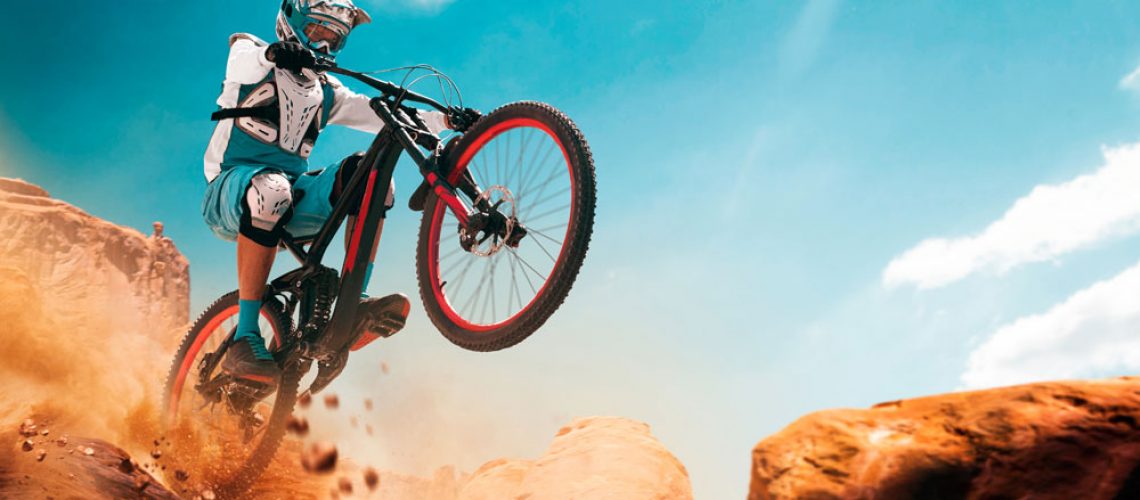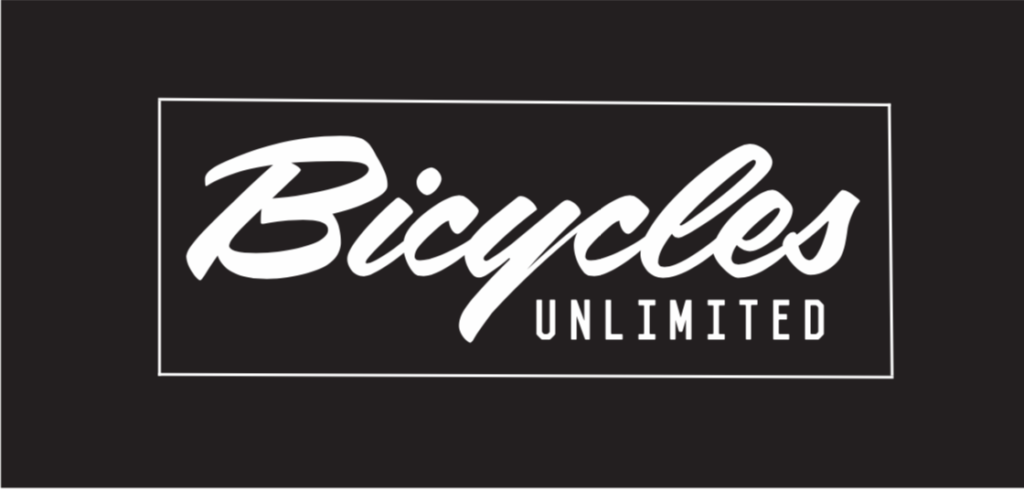1 – Preventing Rear-End Soreness & Chafing

If you’re new to cycling and have observed cyclists riding along your local St. George bike trails, you’ve no-doubt seen those short – very short – shorts that they wear.
The thing to remember about these is that they aren’t just for aerodynamics or whatever else you might be thinking – they come with padding that is worn right next to the skin.
Yes, the first time you wear these, you may feel a bit overexposed – almost naked in fact – but it’s something you get used to.
There are also special creams you can buy that will prevent friction. Trust us, this is a product you don’t want to forget – once you’ve been pedalling at 90 rpm for one or two hours, it can feel like your nether-regions are on fire. You don’t want that, especially on some of our longer St. George bike trails.
Now for the position of the saddle (seat) – you want it level, not pointing up or down. This will help reduce friction.
2 – How To Handle A Tire Puncture
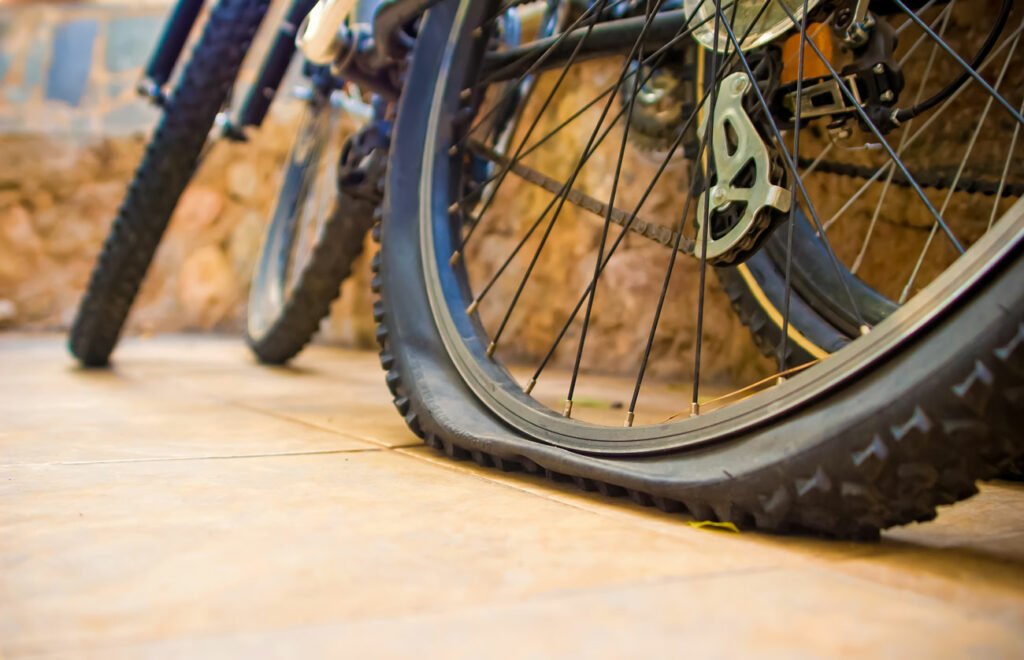
When cycling, it’s always a good idea to bring along a pump, tire levers, and 2 spare tubes. This is even more important on our longer St. George bike trails.
So, you’ve punctured a tire. Here’s what you do:
- Take off the wheel – and keep in mind, if it’s the rear tire, drop the wheel down into the outside sprocket first (so you know where to hang the chain when you put the wheel back on).
- Remove one side of the tire with the tire levers and pull out the tube.
- Pump on the tube and locate where the air is escaping and from there locate the object that caused the puncture, then remove it.
- Now slightly inflate the replacement tube and install it into the tire.
- Finally, fully pump the new tire, refit it to the wheel, and continue on your journey through your chosen St. George bike trail.
3 – Using The Wind To Your Advantage – Or At Least Not Letting It Take Advantage Of You
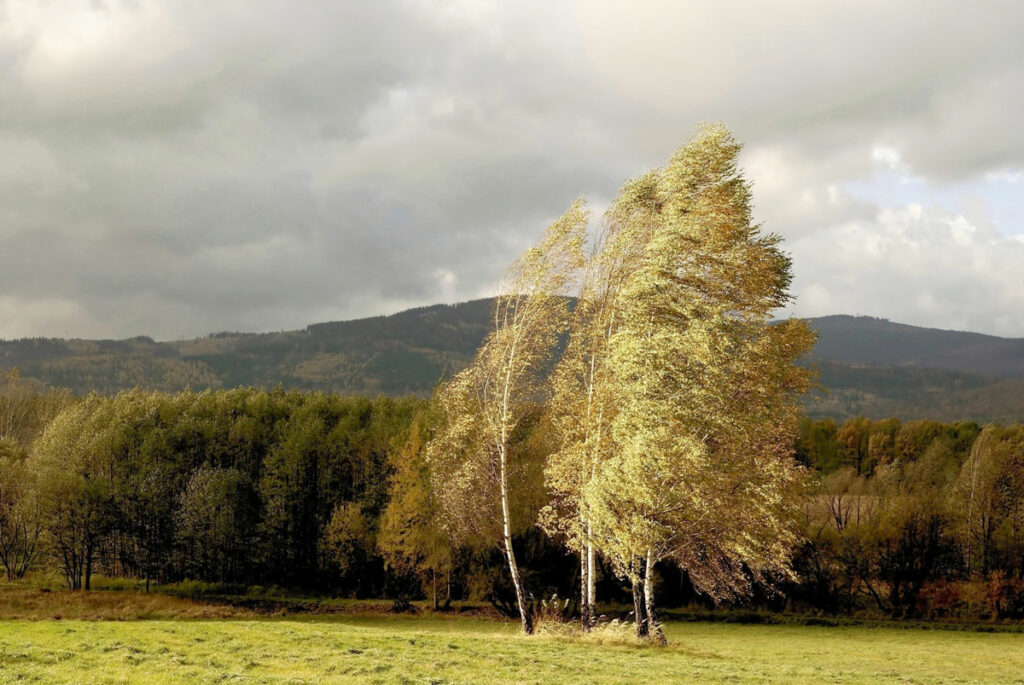
If the wind’s at your back, relax a little and let it carry you to an extent. This is especially nice if this happens on your way back across a trail after you’re tired.
If the wind is in front of you, your cycling will be very similar to climbing (riding uphill), so adjust your gears appropriately in order to keep a good pace going.
If you’re cycling with a group, try to stay close to the front rider. If the wind is coming at you from the left, position your front wheel slightly to his or her right (reverse this for the opposite scenario).
St. George bike trails can get windy, so learning to ride with the wind can save you a lot of energy.
4 – Eating & Drinking

Bring the essential foods that will give you plenty of energy – dried fruit, energy bars, nutrition gels, etc. Always have water.
If your ride is under 2 hours, which many of our St. George bike trails are, then you don’t need to eat much of anything other than a light snack before your ride. For longer rides, start eating your food at about 1 and a half hours in.
Avoid only eating sweets – these kill your sense of hunger pretty quick, but don’t give you much nourishment.
5 – Master The Gearbox – Or At Least Do Your Best

With modern bikes containing up to 33 gears, use what you have to keep a consistent cadence to preserve your energy.
Generally speaking, you want 90 rpm on a flat surface and 70 rpm while you’re climbing.
6 – Keep Your Bike Clean
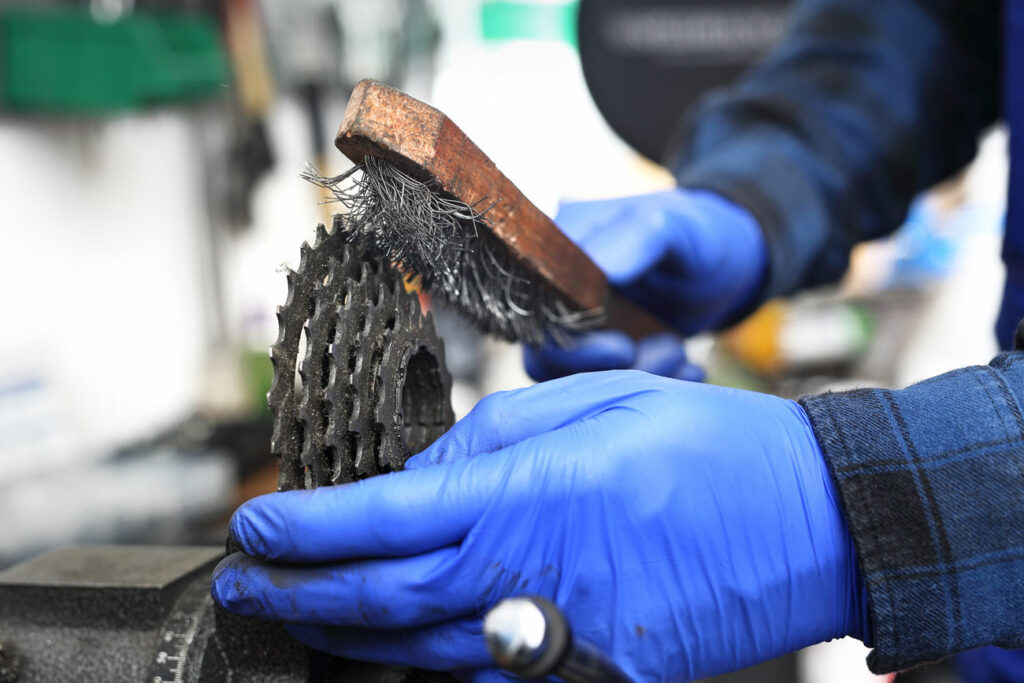
This doesn’t take much – only 30 mins of cleaning per week will keep your bicycle in great shape. Doing this will preserve both the form and function of your:
- Brakes
- Gears
- Chains
- Cassettes
Plus, it just feels nice having a clean bike while you’re out on one of our beautiful St. George bike trails.
7 – Have Patience
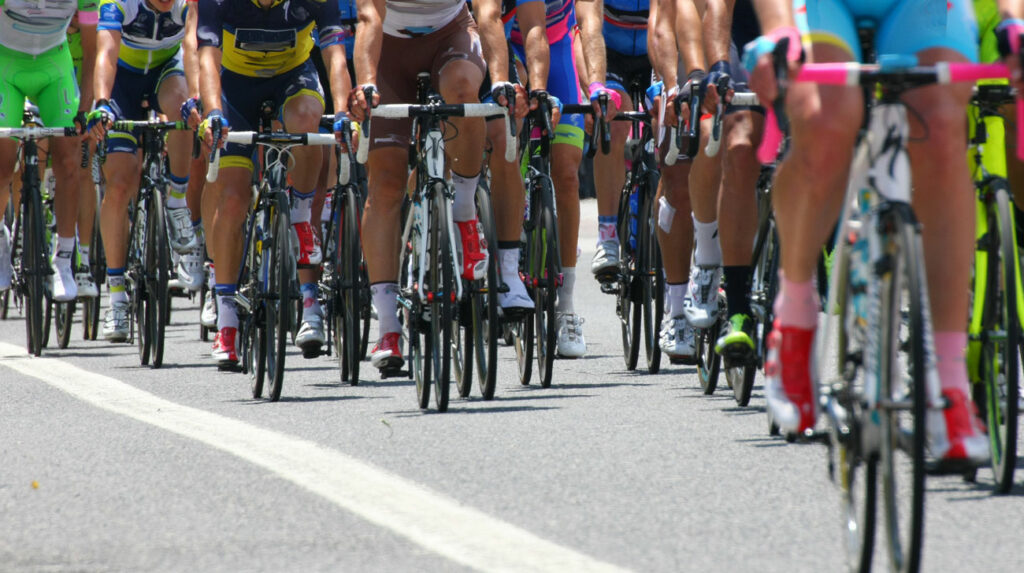
When you’re first starting off, you need to remember that a good cycle through many of our St. George bike trails can take a lot of time. It also takes time to improve, to get fitter, to become a better cyclist.
It can be difficult to fit in a good cycle with all of the social and career demands in life, but there are ways of fitting them in – especially on the weekends.
Think about it – if you watch TV or mess around on the internet for even just an hour a day, that’s time you could be training. The same goes for all that time you sit in traffic, or the extra 45 minutes you take on your lunch break.
There are plenty of opportunities to cycle and to train, it just takes some readjustments in your schedule.
8 – Keep Your Elbows Bent

You don’t want to lock your arms while cycling because the vibration will travel up to your neck and shoulders. This causes soreness and pain, and not the good kind that you deliberately inflict upon yourself as a cyclist in order to improve. This is the unnecessary pain that diminishes your training, deters you from cycling, and interferes with your daily life.
9 – Climbing

Climbing as a cyclist is the brutal part, the time when you redline yourself and just pray it’s over soon.
Something to keep in mind isn’t how well you climb, but how well you can endure the pain of it. But this comes with rewards. No pain, no gain.
So, when you find yourself moving uphill on one of our tougher St. George bike trails, be discriminating. If it’s a short, steep climb, power through it as fast as possible. If the climb is longer, pace yourself. Set the right gear and keep your momentum.
10 – Look Up And Ahead
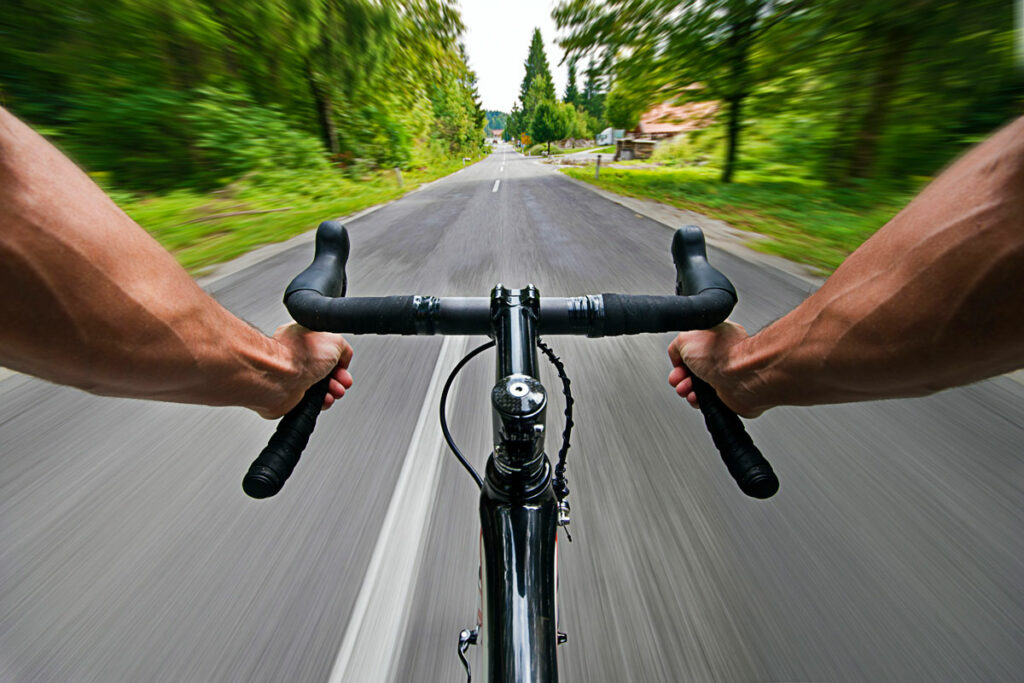
20% of your balance is contingent on your optic nerves, so maintaining balance on a bike is easier when you are looking ahead and taking in the greater context of your environment. When riding downhill, look about 5 feet in front of you.
There’s also the speed of the road passing by that can make you dizzy, and the best move here is to focus your attention on where you want to go – not where you want to avoid.
It’s also simple common sense to keep an eye on the other cyclists if you’re riding in a group.
Get The Bikes, Gear, & Repairs You Need At Bicycles Unlimited
We have everything you need to get started as an avid cyclist riding through all of the beautiful St. George bike trails in our local area.
[gravityform id=”1″ title=”true” description=”true”]
Answering 5 Common Questions About Cycling
Should I really wear those padded shorts?
Shorts with chamois can make your cycling adventures far more comfortable, even if they may take some time to get used to. In fact, this can’t be understated – well-fitted padding shorts are something you can easily get addicted to as an avid cyclist.
When you’re hitting our beautiful St. George bike trails, these shorts can feel like a god-send.
Will I Need More Than 1 Bottle Cage?
If your ride is going to be longer than 90 minutes, we highly recommend it – especially if you’re riding in hot weather. You need to stay as hydrated as possible. You’d be surprised how quickly you can wear down, especially if you’re doing a lot of sweating.
Some of our local St. George bike trails make bringing an extra bottle cage and bottle of water an absolute necessity.
How Often Should I Be Cycling To Stay Fit & Healthy?
 The easy answer is – “as often as possible”. But that’s pretty vague. In general, regular short rides are going to do more for your health and fitness in the long run than saving the weekends for one long ride.
The easy answer is – “as often as possible”. But that’s pretty vague. In general, regular short rides are going to do more for your health and fitness in the long run than saving the weekends for one long ride.
You can start to lose your fitness in as little as three to four days without exercise.
So, a good rule of thumb is to try and get a ride in about 3 to 5 times per week. You need days off to recuperate, but you also need to keep your momentum going and to improve your endurance.
Fortunately, there are plenty of St. George bike trails that are just the right length for these regular short-to-medium rides.
Miles Vs. Hours – How Should I Calculate My Rides?
Since speed isn’t always an indicator of the amount of energy you expend on a ride, it’s better to track your rides based on time. There are plenty of St. George bike trails that aren’t necessarily long, but offer plenty of challenging terrain, hills, and so on. There are also wind conditions to take into consideration.
How Will I Know When My Fitness Is Improving?
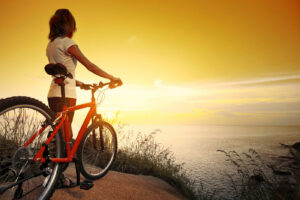 There are plenty of things that can indicate that your cycling is paying off. You can time yourself on a particular route and then time yourself again in a month – if you’re completing the ride faster, you’re most likely getting fitter. Along the same lines, if you are finding routes that used to be serious challenges suddenly becoming easier, that’s another indicator.
There are plenty of things that can indicate that your cycling is paying off. You can time yourself on a particular route and then time yourself again in a month – if you’re completing the ride faster, you’re most likely getting fitter. Along the same lines, if you are finding routes that used to be serious challenges suddenly becoming easier, that’s another indicator.
Of course, there is also the subjective feeling of fitness that you will notice – you should feel more energy throughout the day, an easiness in your chest and limbs where there once was tension; you’ll just feel better in general.
Also, consider how you feel during your rides. Are you struggling less? Is that burn in your legs starting to get less intense? Are you panting or sweating less? If the answer to these questions is yes, that’s a very good indicator that your hard work is paying off.
With our bike rentals and bike sales and all of the beautiful St. George bike trails around, getting fit has never been so much fun. So what are you waiting for? Get out there and start riding!
[gravityform id=”1″ title=”true” description=”true”]

